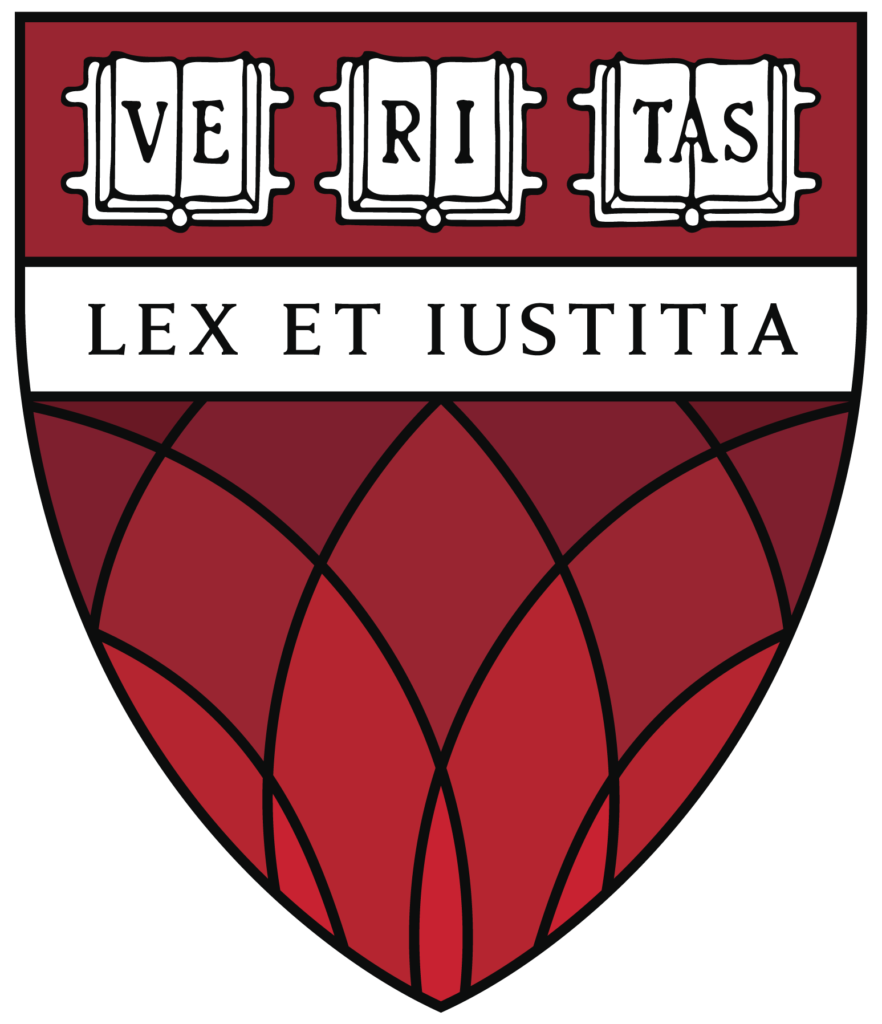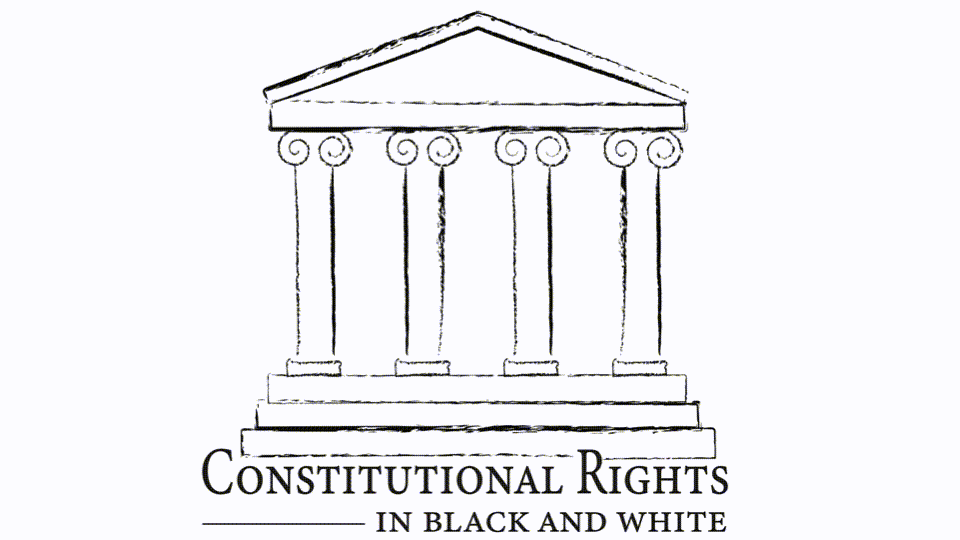

This is a video casebook about the legal decisions that define and govern our constitutional rights. It covers two main subject areas: Criminal Procedure and Voting Rights. Each video tells the story of an important Supreme Court case, and then shows you how to read the case yourself. The casebook was developed at Harvard Law School.


Most law school casebooks are hundreds of pages and challenging to navigate. This video casebook uses new multimedia technologies to make that same legal knowledge clear and accessible to all types of learners. Hundreds of students at law schools around the country have already used it in their classes.
Each video gives a basic introduction to a significant Supreme Court case, to the law governing that particular constitutional right, and to the art of reading a Supreme Court decision. To delve more deeply, students can also read the full decision written by the Supreme Court; legal scholarship that explains and explores its significance; news stories; and relevant legal documents. These additional materials are in the modules.


Alexandra Natapoff is the Lee S. Kreindler Professor of Law at Harvard Law School, an award-winning legal scholar, and criminal justice expert. She writes about criminal courts, public defense, plea bargaining, wrongful convictions, and race and inequality in the criminal system. Professor Natapoff is a 2016 Guggenheim Fellow, a graduate of Yale University and Stanford Law School, and a former Assistant Federal Public Defender in Baltimore, Maryland. She draws all the stick figures herself.

For more information about using this video casebook in your classes and registering your students, take a look at the “For Educators” page and “Register Here”. Registration and educator access are free.
I am not an auditory learner. It is thus very difficult for me to get much out of lectures. I learn best by doing and through visuals. For me, these videos were extremely helpful for that reason. First, the storytelling aspect of the cases and the cute characters helped me to better recall important information. Also, I was able to (and did, sometimes several times) go back and rewatch portions as needed.
I especially liked the fact summary portions of the video (definitely including the stick figures!). Obviously, the specific facts of the cases we read are so important to our analyses, and the more engaging descriptions (as opposed to just reading the facts in the book) make the cases and their fact patterns memorable both for class and for application in the future.
The [videos] were much more memorable than reading a case solely on paper. Having visual cues and characters helped a lot. The highlighting of the case itself was also great for homing in on which parts of the opinion were most important.
I appreciated the implications discussions, because they helped me be sure I was understanding what the doctrine actually meant outside of the text.
Leading constitutional law scholars have generously contributed videos to CRBW. Each professor provides an analysis of a major Supreme Court case in their special area of expertise, from voting rights to prison law to same-sex marriage. These materials offer students a sophisticated introduction to a wide range of constitutional law topics, provided by some of the most luminous thinkers in the legal academy. Register and take a look.














CRBW is a multimedia legal casebook about American constitutional rights. It is a unique collection and presentation of legal materials traditionally covered in written casebooks; it is not a course, in whole or in part. CRBW was designed, written, drawn, and recorded by Professor Alexandra Natapoff.
CRBW covers two main subject areas: Criminal Procedure and Voting Rights. Each curriculum contains educational videos about major Supreme Court cases, the Court’s written decisions (edited and annotated for clarity), and a range of related materials. There are also numerous bonus videos on various constitutional law topics.
The Criminal Procedure videos are all created by Professor Natapoff. The Voting Rights and other guest videos are created jointly by Professor Natapoff and prominent guest scholars. All the videos were made with the support of the Learning Experience and Innovation team at Harvard Law School. Other materials come from a range of publicly available sources.

“Constitutional rights are a central part of our democracy—they shape how we interact with our government and how our government interacts with us. This video casebook aims to help all students read these powerful and influential legal decisions, to better understand our constitutional democracy, and to engage the vital legal, political, and social questions at stake. I hope you enjoy the videos.”